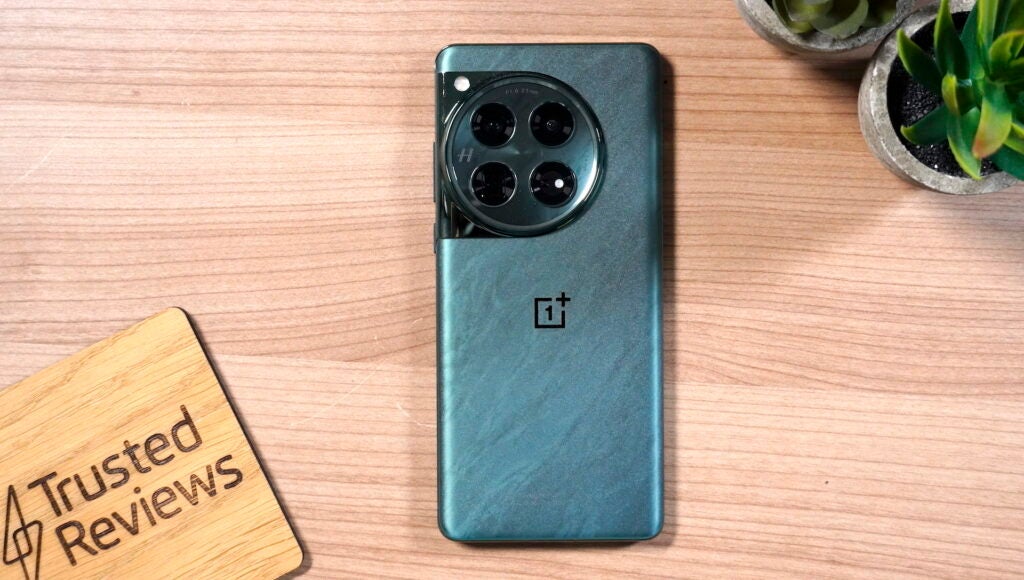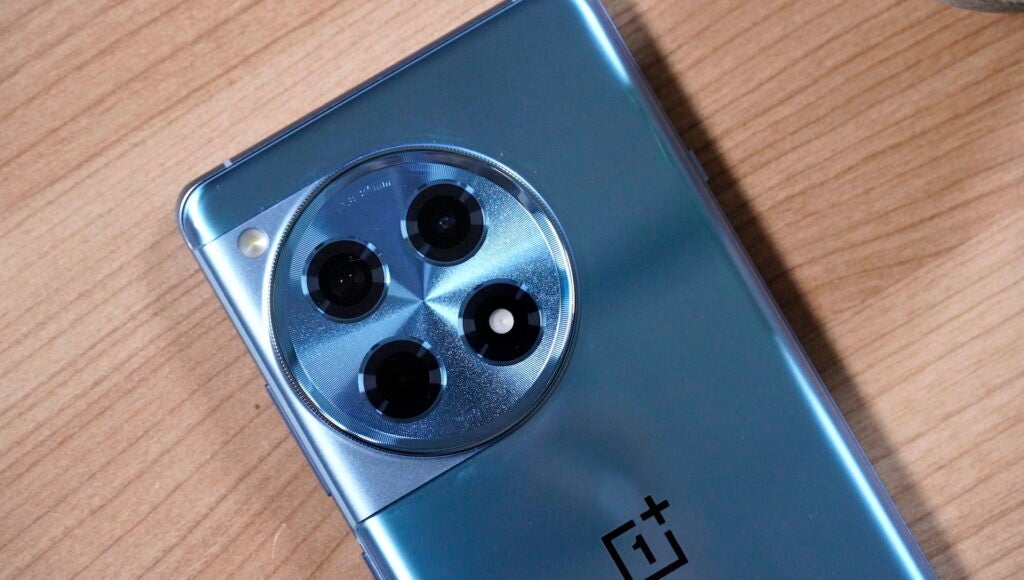OnePlus has just revealed the OnePlus 12 and the all-new OnePlus 12R, but what’s the difference?
While the OnePlus R branding may be new to us in the US and Europe, it’s an established brand in India and China, representing a more budget-friendly alternative to the full-fat flagship. It seems that’s indeed the case with the OnePlus 12R, sporting a solid – but not quite high-end – experience with a more budget-friendly price tag than the flagship OnePlus 12.
We’ve fully reviewed the OnePlus 12 and spent some time with the OnePlus 12R too. With that in mind, here are some of the key differences between the two.
The OnePlus 12 is more powerful
Despite the OnePlus 12R being framed as a performance-focused smartphone ideal for gamers, it doesn’t actually boast the most powerful tech of the two smartphones.
More specifically, the OnePlus 12R sports the (still very capable) Snapdragon 8 Gen 2, the 2023 flagship chipset, while the OnePlus 12 boasts the upgraded Snapdragon 8 Gen 3. OnePlus claims that there’s a 30% boost to CPU speeds and 25% to GPU performance compared to the 8 Gen 2 within the OnePlus 11, so it’s safe to assume that it’s very similar compared to the OnePlus 12R.
However, in benchmarking, we’ve found that the OnePlus 12 doesn’t score much more highly than last year’s OnePlus 11 despite the inclusion of the newer chipset, so it could be that performance is still in line with the OnePlus 12R in real-world use. We’re yet to benchmark the 12R, but we’ll be sure to update this once we do.
Elsewhere, the OnePlus 12 comes with either 12- or 16GB of LPDDR5X RAM and 256- or 512GB of UFS 4.0 storage, while the OnePlus 12R comes with 8- or 12GB of LPDDR5X RAM and 128GB of UFS 3.1 storage or 256GB of UFS 4.0 storage depending on the variant you go for.


The OnePlus 12R has the latest in LTPO technology
One rather odd distinction between the OnePlus 12 and the OnePlus 12R is LTPO.
For those unaware, LTPO tech allows the screen to refresh dynamically, with the LTPO 3 used by the OnePlus 12 as well as most current flagships, including the Samsung Galaxy S24 Ultra, offering the ability to drop down to as little as 1Hz depending on what you’re up to. This should have the dual effect of being more responsive and more battery efficient than a locked 120Hz refresh rate.
The OnePlus 12R, however, is one of the first smartphones to offer the latest LTPO 4 technology. The biggest difference is that the dynamic refresh rate adjustment is, well, more dynamic this time around, with the screen able to switch to either 60-, 72- or 90Hz depending on the speed of the user’s swipe, while a rapid scroll will dial it up to 120Hz. The result should be even smoother, more battery-efficient performance.
That doesn’t mean the OnePlus 12R has the best screen overall however; despite the LTPO 4 tech, the regular OnePlus 12 boasts a higher resolution and support for more HDR formats, and it’s a little larger too. Both do cap out at the same impressive 4500nits max brightness, however, an impressive feat in the smartphone industry at large.
The OnePlus 12 has better cameras
If your focus is on smartphone photography, the OnePlus 12 is undoubtedly the smartphone to go for. It boasts a pretty big year-on-year improvement compared to the OnePlus 11, sporting a larger 50MP sensor (the same as that of the OnePlus Open) with a faster f/1.6 aperture that translates to great performance in both well-lit and low-light scenarios.
There’s also a new 64MP 3x periscope lens that offers solid zoom performance up to the 10x mark, and that’s flanked by a 48MP 114-degree ultrawide, making the OnePlus 12 a versatile snapper in everyday use.
The OnePlus 12R, being focused more on performance, has let camera tech slide to the wayside. That’s not to say the 50MP main sensor isn’t without its merit, sporting a 1/1.56-inch sensor and f/1.8 aperture, but it’s flanked by a paltry 8MP ultrawide and 2MP macro lens.
We’re yet to fully dive into the camera prowess of the 12R, but going by specs alone, it seems like the regular OnePlus 12 has it in the bag.


Both offer speedy 100W SuperVOOC charging
Regardless of the smartphone you go for, you’ll be treated to the same 100W SuperVOOC charging, and the fast charger comes in the box too. That means that the 5400mAh battery of the OnePlus 12 and 5,500mAh battery of the OnePlus 12R shouldn’t take that long to charge.
Though it’s not the very fastest around, it’s not that far off, and we’ve seen in our OnePlus 12 testing that it can regain a full charge in just 26 minutes. We’re yet to test the 12R, but given that there’s only a 100mAh difference between the two smartphones, it’s likely to be quite similar, if not nearly identical.
The OnePlus 12R is much cheaper
The OnePlus 12 is a full-fat flagship with a price tag to match; in fact, starting at £849/$799, it’s £130/$100 more than last year’s £729/$699 OnePlus 11.
The OnePlus 12R is more of a budget-friendly affair, starting at a more palatable £649/$599 which could make it a tempting alternative to the likes of the Google Pixel 8 or Nothing Phone (2) for those on the hunt for a new smartphone.
Both are up for pre-order right now, with the OnePlus 12 due for release on 6 February, while the OnePlus 12R is set to be released on 13 February.

